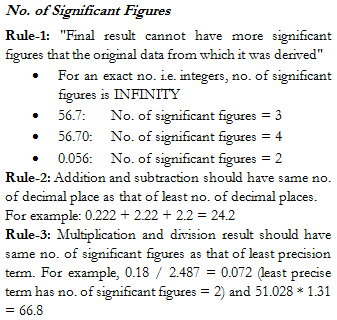Preparing the report of CFD calculations needs special attention This section provides special recommendation for various types of CFD simulations (yes, you guessed it right, there is no unversal template). Additionally, information about using References, Bibliography and Appendices has also been provided.
-
General Recommendations: Pre and Solver
- One picture or sketch (preferably an isometric or sectional view) representing the extent, origin and axes of computation domain, boundaries and moving walls (if any).
- Sectional view of mesh in area of interest highlighting the boundary layer, growth and orthogonality.
- Mesh quality matrix, worst values of mesh Equi-angle skewness and aspect ratios.
- The description of material properties and its thermodynamic behaviour.
- Tabulated summary of boundary conditions and tubulence parameters.
- Tabulated summary of solver setting: discretization scheme, wall function, relaxation factors
-
Post-processing
- Use same lower and upper limits of legends for contour as well as vector plots
- Use decimal notation if variables are > 0.01. Even though scientific notations can be used, it is easier for human mind to read numbers as compared to exponential notations.
- Use number of significant digits judiciously. For example, for most of the industrial applications, it is not important to specify velocity to the 1/10 of mm/s. The number of significant digit is also dependent on the units chosen. For example, 3 decimal places for [Pa] such as 1045.368 [Pa] is irrelevant where as it is a need if unit chosen is [bar] or [kPa] such as 1.034 [kPa]. Followings are more information about "number of significant figures or digits".

-
Recommendations for CFD calculations in Rotating Reference frame: e.g. Turbo-machines -
- Clearly specify the rotating and stationary domain, direction of rotation , location of the interfaces.
- Show the overlapping view of meshes at the interfaces, if not 1:1.
- Mention the location of the place used to estimate pressure heads developed by the machine. It is further recommended to use 3 or more close locations on the upstream as well as downstream sides to estimate the grand average values of the pressure.
- The physics governign performance of turbo-machines uses many non-dimensional coefficients. Include the plots of important performance parameters such as pressure coefficients on the blades
- On all the plots dealing with flow passage and blades, explicitly mention the suction and pressure sides.
-
Difference between References and Bibliography - The terms References and Bibliography are often used synonymously, but there is a difference in meaning between them.
- References are the items you have read and specifically referred to (or cited) in the report, and your list of sources at the end of the report will be headed References.
- On the other hand, a bibliography is a list of everything read to prepare and finalize the report, whether or not referred specifically for the present scope of work.
-
Recommendations for Appendix:
- Appendices may precede or follow the Reference and/or Bibliography list.
- Reference and Bibliography have different meaning and one cannot be a substitute for other.
- Each appendix must begin on a new page.
- Like entries in Reference and Bibliography, the order they are presented in is dictated by the order they are mentioned in the text of the report.
- The heading should be APPENDIX or Appendix, followed by a letter or number e.g. APPENDIX A, Appendix 1. The format should be same as other level-1 heading style.
- Appendices should be listed in the table of contents
- No special page numbering schem needs to be used for Appendices. It should be a continuation of the numbering from the last page of the report.
|
